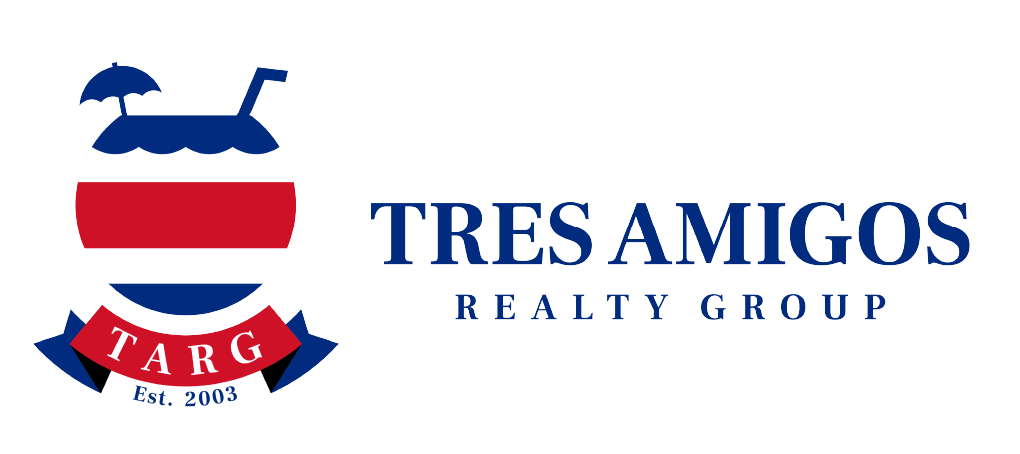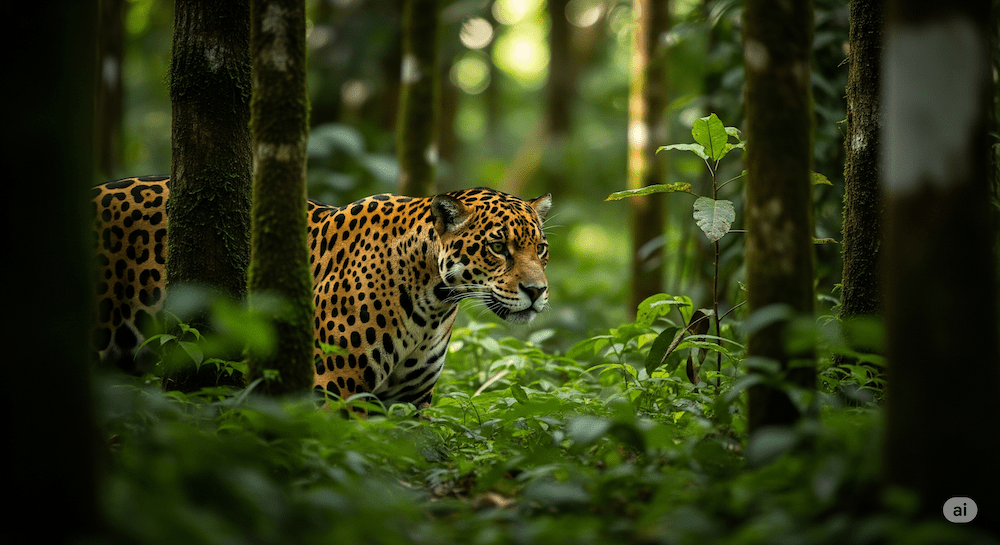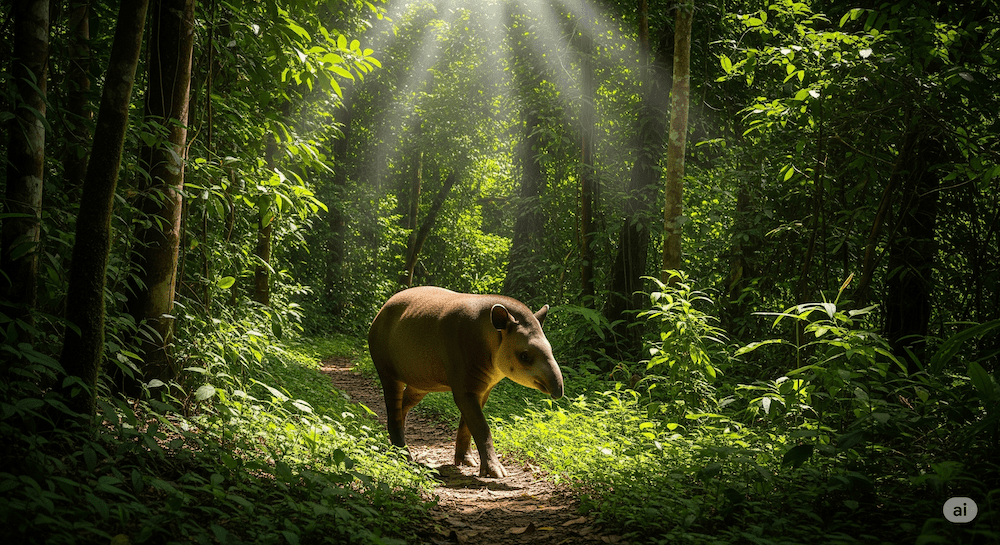Introduction: A Biodiversity Hotspot Under Pressure
Costa Rica is world-renowned for its extraordinary biodiversity. Despite occupying just 0.03% of the planet’s surface, it is home to nearly 5% of all known species. This small Central American nation has become a global leader in conservation, setting aside more than a quarter of its land as protected territory.
Yet, even in this progressive and ecologically conscious setting, many native species face alarming threats. Protected status does not always guarantee safety, especially for species whose survival depends on wide-ranging habitats and complex ecological interactions.
Among these are the jaguar, the danta (Baird’s tapir), and the Central American squirrel monkey—each iconic in its own right, and each symbolic of broader environmental challenges. Their silent disappearances warn us of deeper issues at play across Costa Rica’s landscapes.
1. The Jaguar: The Ghost of the Rainforest
Majestic Predator of the Americas
The jaguar (Panthera onca) is the largest feline in the Americas and a keystone species in Costa Rica’s tropical ecosystems. Recognizable by its powerful build and rosette-patterned coat, the jaguar plays a crucial role in regulating prey populations and maintaining the balance of the forest.
Typically elusive and solitary, jaguars range across vast territories that span lowland rainforests and mountainous cloud forests. Their presence signals a healthy, functioning ecosystem.
Habitat Loss and Poaching
Despite their status as apex predators, jaguars are highly vulnerable to human activities. Deforestation, agriculture, and road construction have splintered their habitats into isolated fragments. This limits their movement, reduces genetic diversity, and increases conflicts with livestock owners.
Illegal hunting, although outlawed, remains a persistent threat. Jaguars are sometimes killed out of fear, retaliation, or for their body parts, which are trafficked for ornamental or traditional uses.
Efforts to Protect Jaguars
Costa Rica has implemented several strategies to safeguard jaguars, including the establishment of protected areas such as Corcovado and Tortuguero National Parks. These areas serve as refuges but are often too small to support viable jaguar populations on their own.
To counter this, conservationists are developing wildlife corridors—linking fragmented habitats so jaguars can roam more freely. Nonprofits and research groups also monitor jaguar populations with camera traps, aiming to better understand and protect these elusive cats.
2. The Danta: Costa Rica’s Gentle Giant
What is a Danta?
The danta, or Baird’s tapir (Tapirus bairdii), is the largest land mammal in Central America. Resembling a pig with a short, prehensile trunk, the danta plays a vital role as a seed disperser, earning it the nickname “gardener of the forest.”
Mostly nocturnal and solitary, dantas thrive in dense forests near rivers and wetlands. Their movements help regenerate forest vegetation, making them essential to ecosystem health.
Why Is It Endangered?
Dantas are listed as endangered primarily due to habitat loss and fragmentation. Roads, agriculture, and urban development cut through their migratory paths, often resulting in fatal vehicle collisions. In some areas, they are still hunted for meat.
Their low reproductive rate further complicates recovery—females usually give birth to a single calf only every two years, making population rebounds slow and fragile.
Conservation in Action
Local initiatives have emerged to protect the danta, including community education programs that discourage hunting and raise awareness about the species’ importance. Protected areas like La Amistad International Park serve as strongholds, offering vast tracts of contiguous habitat.
Researchers are also using GPS collars to track movements and identify critical corridors for conservation planning. Their data help policymakers and NGOs prioritize areas for reforestation and habitat protection.
3. The Squirrel Monkey: Small but Vulnerable
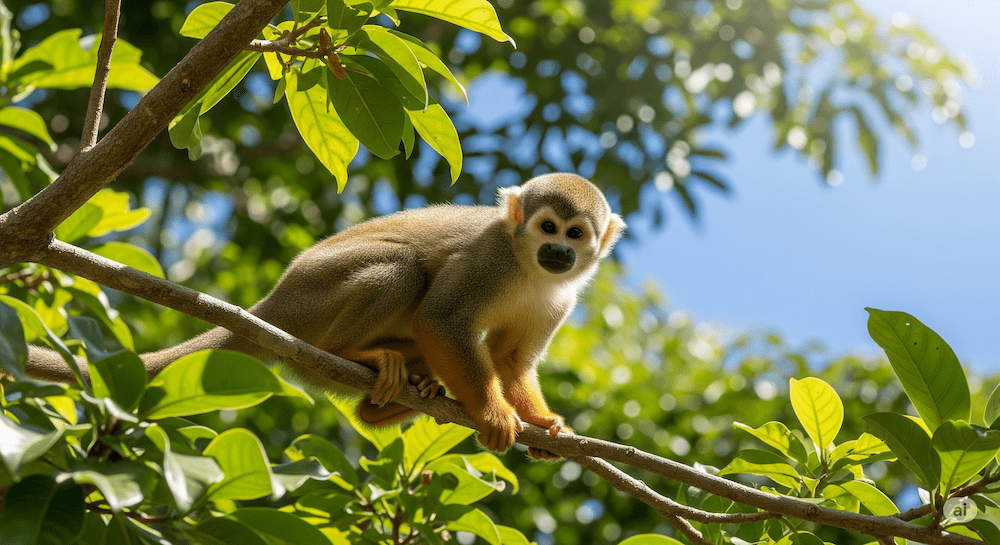
A Playful but Rare Primate
The Central American squirrel monkey (Saimiri oerstedii) is one of Costa Rica’s smallest and most charismatic primates. These social, agile monkeys live in troops and are mainly found along the Pacific coast, particularly near Manuel Antonio and Punta Burica.
Their limited range and specialized habitat needs make them especially vulnerable to environmental change.
Habitat Encroachment and Pet Trade
Urban expansion, agriculture, and tourism development have all contributed to the loss of squirrel monkey habitat. As forests shrink, troops become isolated, reducing their ability to forage and breed effectively.
Additionally, these monkeys are sometimes captured for the illegal pet trade, despite laws banning such practices. Captivity often leads to stress, illness, and premature death for the animals.
Hope for the Squirrel Monkey
Several grassroots organizations are working to conserve the squirrel monkey’s habitat and support population recovery. In Manuel Antonio, reforestation efforts and educational outreach have helped raise awareness about the monkey’s plight.
Wildlife rehabilitation centers also play a role, rescuing and reintroducing individuals caught in illegal trade. Collaboration between local communities, NGOs, and park authorities is proving key to sustaining these unique primates.
Why It Matters
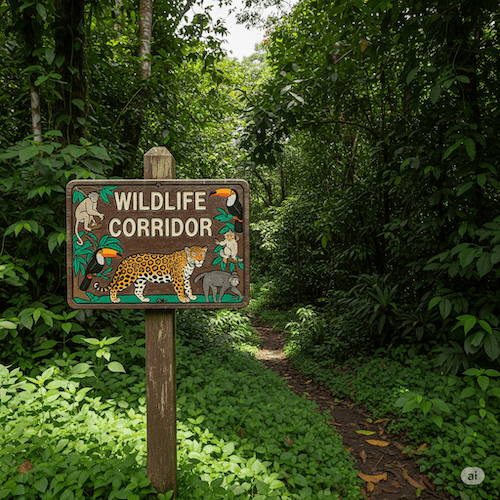 The extinction of even one species can ripple through an entire ecosystem, disrupting food chains and diminishing biodiversity. For Costa Rica—a country that thrives on its reputation as a global leader in conservation and ecotourism—such losses also carry economic and ethical consequences.
The extinction of even one species can ripple through an entire ecosystem, disrupting food chains and diminishing biodiversity. For Costa Rica—a country that thrives on its reputation as a global leader in conservation and ecotourism—such losses also carry economic and ethical consequences.
Wildlife corridors, climate resilience, and responsible development are not just conservation buzzwords—they’re critical strategies for preserving the interconnected web of life that supports Costa Rica’s environmental and human wellbeing.
What You Can Do to Help
- Support local conservation groups that work directly with endangered species.
- Travel responsibly—choose eco-lodges and avoid activities that allow handling of wild animals.
- Donate to reputable wildlife organizations that fund habitat protection and research.
- Educate others about the challenges these species face and advocate for stronger environmental policies.
Conclusion: Don’t Let These Icons Disappear
Costa Rica has already achieved what many countries only aspire to—national parks, sustainable tourism, and a strong environmental ethos. But conservation is an ongoing effort. The jaguar, danta, and squirrel monkey represent more than just species at risk—they’re barometers of ecological health.
By staying informed and taking even small actions, we can help ensure that these silent disappearances are replaced with recovery stories. The forest is still alive—but only if we choose to protect it.
